
What Does Ankle Bracelet Mean in Fashion and Culture
If you’ve ever wondered what does ankle bracelet mean, the answer goes far beyond style. An anklet connects you to a centuries-old code: from Mesopotamia and Egypt to South Asia’s chiming payal, these pieces have symbolized status, protection, festivity, or even desire. Materials tell their own story—gold and diamonds hint at wealth, while brass, beads, or shells point to community, travel, or tradition. Charms like eyes, moons, and keys add meanings tied to protection, fertility, or journeys. Cultural placement matters too; wearing it on the right or left can signal availability or commitment, though 1970s beach culture made anklets widely casual. Today, many choose modern, long-lasting pieces—like Atolea’s non-tarnish bracelets—to pair effortlessly with their anklets for a clean, polished look. There’s always more behind what yours says.
From Antiquity to Today: The Anklet’s Historical Journey
Origins matter.
When you trace anklets to their ancient origins, you find evidence in Early Dynastic Mesopotamia and Middle Kingdom Egypt, where metal and faience bands adorned ankles in tomb art and grave goods (Lloyd, 2014; Baines & Malek, 2000).
You see similar forms in the Indus Valley and later South Asian texts referencing payal and nūpura, linking ornament to ritual sound (Thapan, 1997).
Symbols, Signals, and Social Codes Around Anklets
Those early finds aren’t just artifacts; they map how anklets communicate status, affiliation, and desire across societies. You read them the way you’d parse dialects: materials, motifs, and sound all carry meaning.
In South Asia, ghungroo bells can signal festivity and dance lineage (Nanda, 2000). In West Africa, brass or beads may index age-set or prosperity (Ross, 2008). In the Mediterranean, eye charms denote protection, not flirtation (Dundes, 1992).
You also navigate anklet symbolism through materials. Gold elevates prestige; thread or cord implies everyday intimacy. Charms—keys, shells, moons—encode travel, fertility, or spiritual guard (Taylor, 2012).
Streetwear recontextualizes these codes, translating heritage into personal branding (Hebdige, 1979). Understanding cultural significance helps you avoid missteps, honor sources, and communicate agency with precision.
Left vs. Right Ankle: Placement and Perception
While left-versus-right lore often circulates as fashion “rules,” the evidence shows placement meanings are highly local and historically contingent.
You’ll encounter claims that a right-ankle bracelet signals availability or kink, or that a left-ankle piece signals commitment; yet scholars note such binaries shift by region and era, and lack consistent corroboration.
In South and Southeast Asia, anklet placement has intersected with marital status in specific communities, but ethnographies emphasize variation within towns.
In Euro-American contexts, 1970s beach culture popularized casual anklets on either side without fixed codes.
Styles and Materials: From Boho Beads to Fine Chains
Although trends evolve, anklet styles cluster into a few enduring families—beaded cords, shell-and-thread boho strands, minimalist metal chains, and fine-jewelry iterations—each signaling different aesthetics, budgets, and social contexts.
You read boho styles as artisanal and travel-coded: macramé cords, cowries, and seed beads echo 1970s surf culture and South Asian payal motifs (see Mullen, 2019; Kumar, 2008).
Minimalist chains foreground line and light; you evaluate chain materials—sterling, gold fill, stainless, or vermeil—by tarnish resistance and skin chemistry (Alli, 2021).
Fine chains in 14k–18k gold, sometimes with diamonds or charms, index durability and wealth signaling (Veblen effect; Trigg, 2001).
You also parse weight and gauge: heavier curb or figaro reads assertive; whisper-thin cable suggests discretion, while mixed textures communicate layered identity without overt logos.
How to Wear Anklets Intentionally in Different Settings
Where do context, culture, and dress code intersect on your ankle? Start by aligning anklet choice with setting and signaling.
For Casual ensembles, you can stack slim chains or beads; sociologists note that subtle repetition reads as intentional rather than careless.
For Beach wear, prioritize corrosion‑resistant metals or cord; maritime etiquette treats barefoot jewelry as relaxed but tidy.
For Formal attire, keep to one fine chain, matched to shoe hardware and hem length; fashion archivists show that minimalism preserves line and decorum.
For Festive occasions, add charms or stones that echo palette or theme; celebratory contexts reward symbolic accents.
Mind cultural cues: in some regions, ankle placement or motifs imply marital status or community.
Finally, fit matters—anklets should sit mobile, not bind, to communicate ease.
Frequently Asked Questions
Are Anklets Appropriate for Professional Interviews or Conservative Workplaces?
Generally, you shouldn’t wear anklets to interviews or conservative workplaces. Prioritize professional attire. If culture permits, choose discreet anklet styles under trousers. HR guidance and industry norms (e.g., finance vs. creative sectors) support minimal, invisible accessories for credibility.
Do Anklets Have Specific Meanings in Lgbtq+ Communities?
Yes. You might use anklets as pride symbolism and identity expression—colors, charms, or pairings can signal orientation or community ties. Meanings vary by locale and subculture; ethnographies and queer fashion studies note fluid, historically contingent interpretations.
Can Anklets Interfere With Fitness Trackers or Medical Devices?
Yes, but rarely. Metal anklet materials can cause minor electromagnetic interference, slightly degrading fitness tracking accuracy. Keep metallic pieces away from sensor zones, choose fabric/leather, and avoid ankle medical devices. Manufacturers (e.g., Fitbit, Apple) advise removing jewelry during measurements for precision.
How Do You Measure Your Ankle for the Correct Anklet Size?
Wrap a flexible tape above your ankle bone, note the ankle measurement, then add 0.5–1 inch for comfort. For anklet sizing, compare to brand charts; chain styles need extra ease, snug cuffs don’t. Sources: jewelry retailers’ sizing guides.
Are There Cultural Etiquette Rules When Gifting an Anklet?
Yes—follow anklet gifting etiquette by considering cultural significance anklets carry. You should research local norms, avoid romantic implications where inappropriate, ask preferences, and present discreetly. Cite customs (e.g., India, Middle East, West Africa) via reputable cultural guides and anthropological sources.
Conclusion
As you trace the anklet from ancient amulets to modern accessories, you’re maneuvering signals that span status, desire, and identity (cf. Kushwaha 2017; Jones 2002). Left-versus-right placement, subcultural codes, and materials—from ghungroo bells to gold chains—still shape perception. When you style one, you’re curating context: beach casual, office subtlety, or evening polish. Read the room, match metals, mind hemlines, and honor cultural origins. You’re not just accessorizing—you’re communicating, intentionally and legibly.


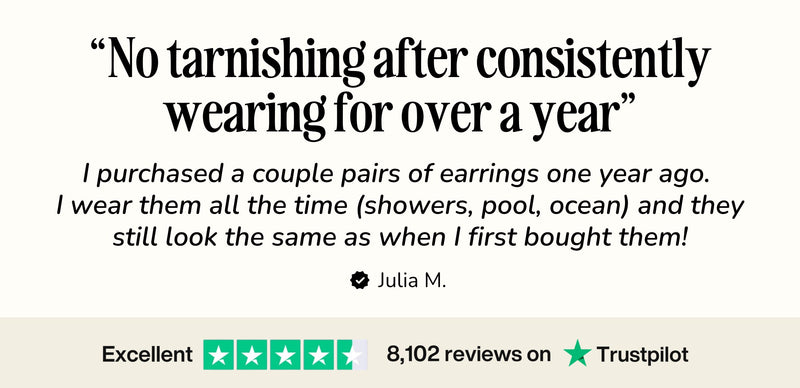




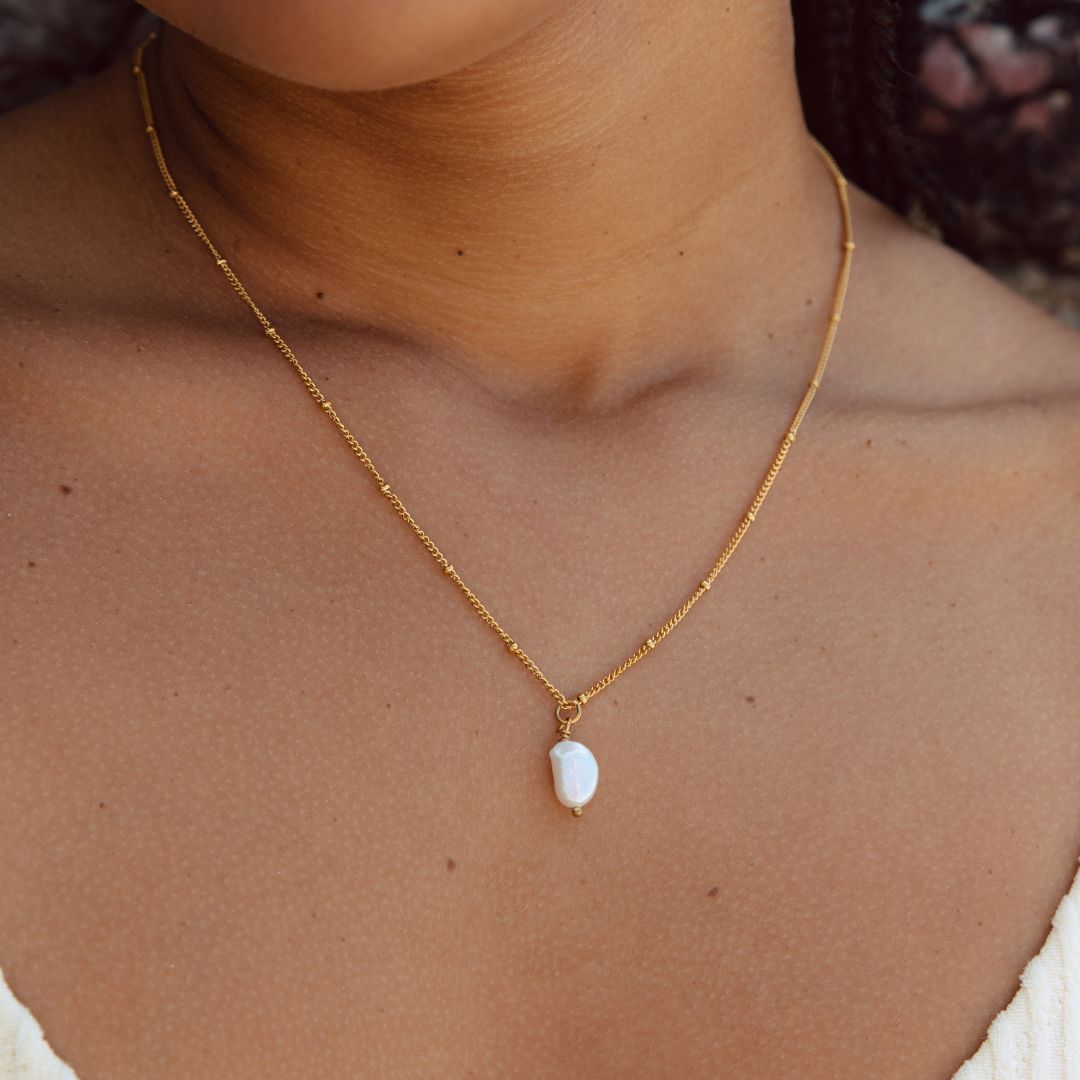

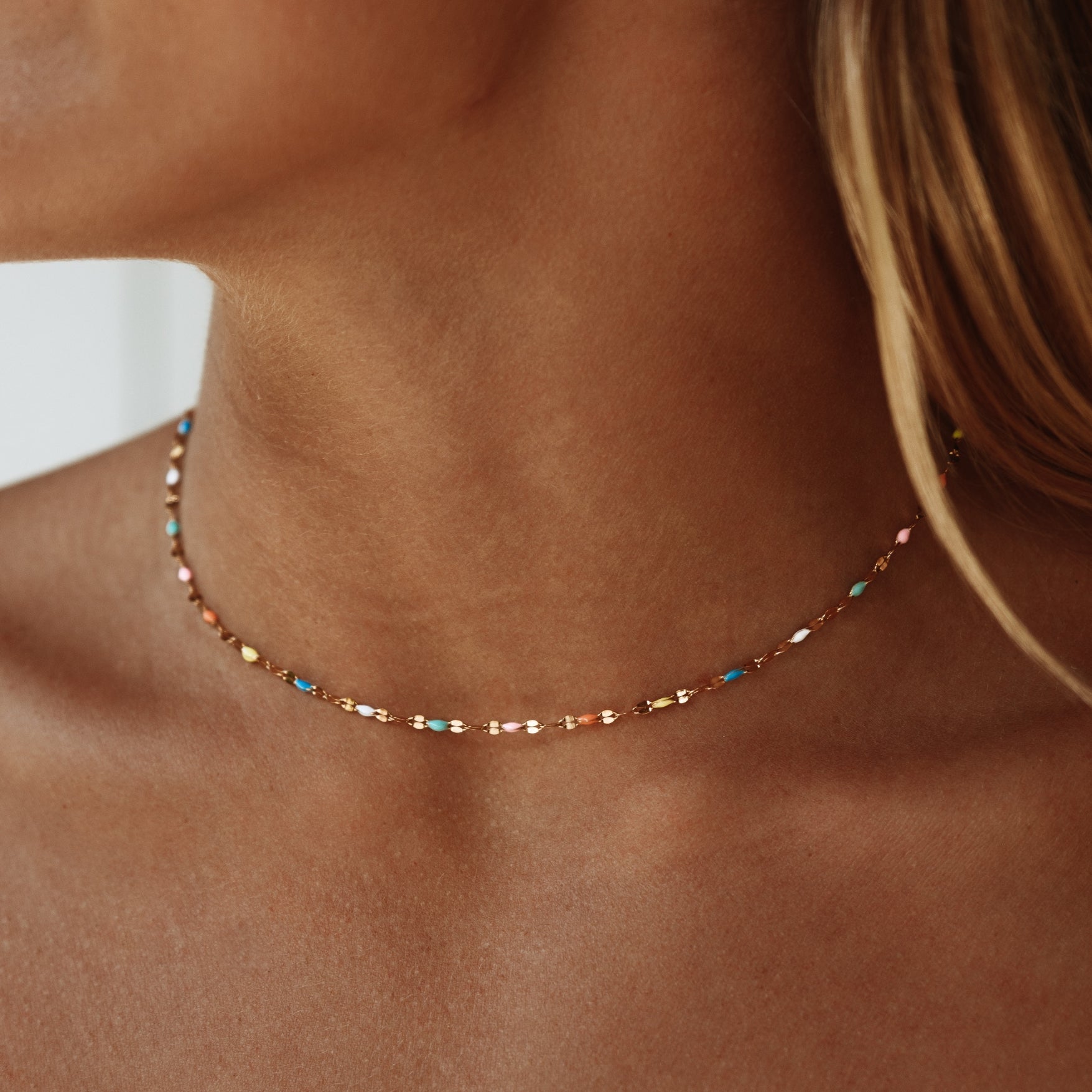
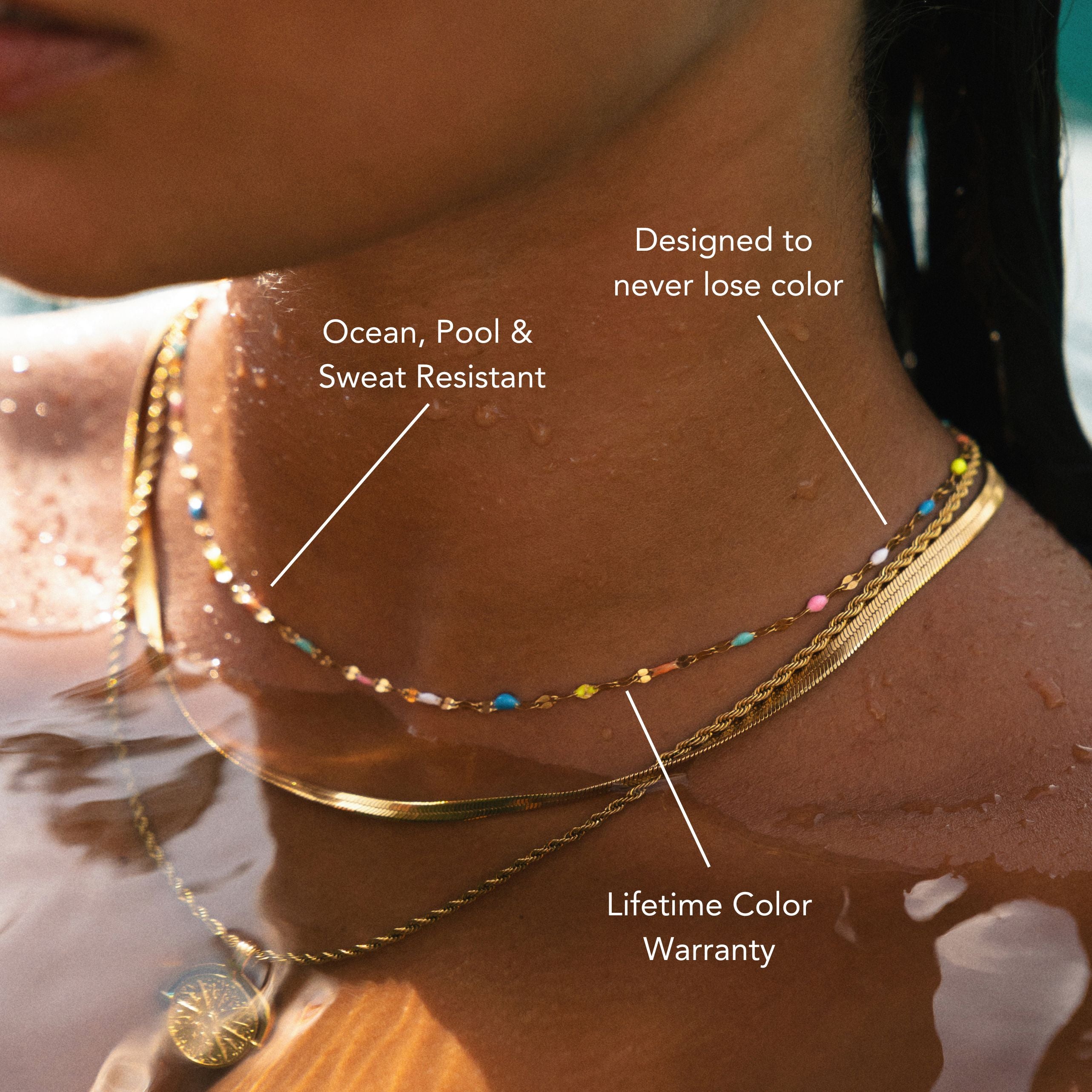
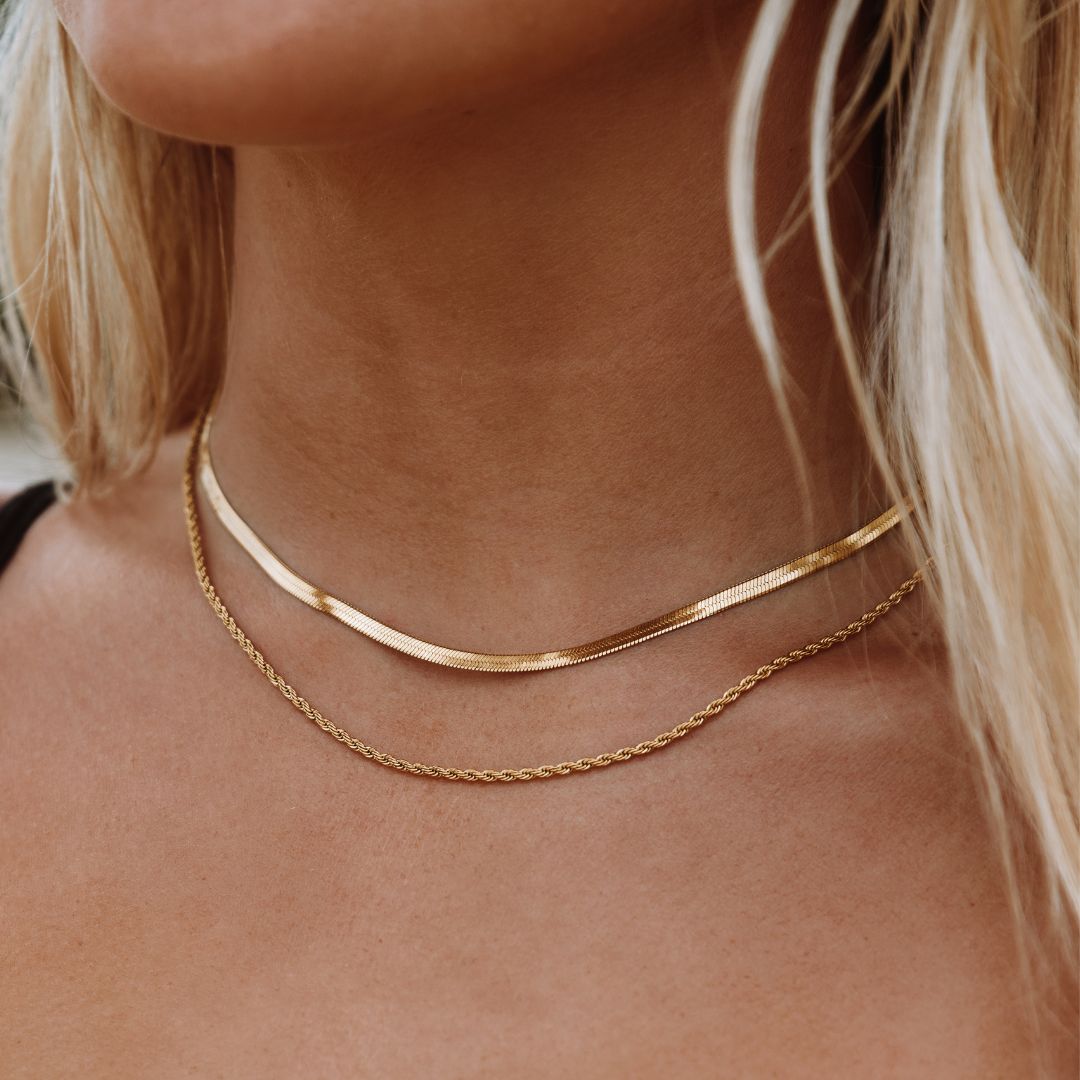
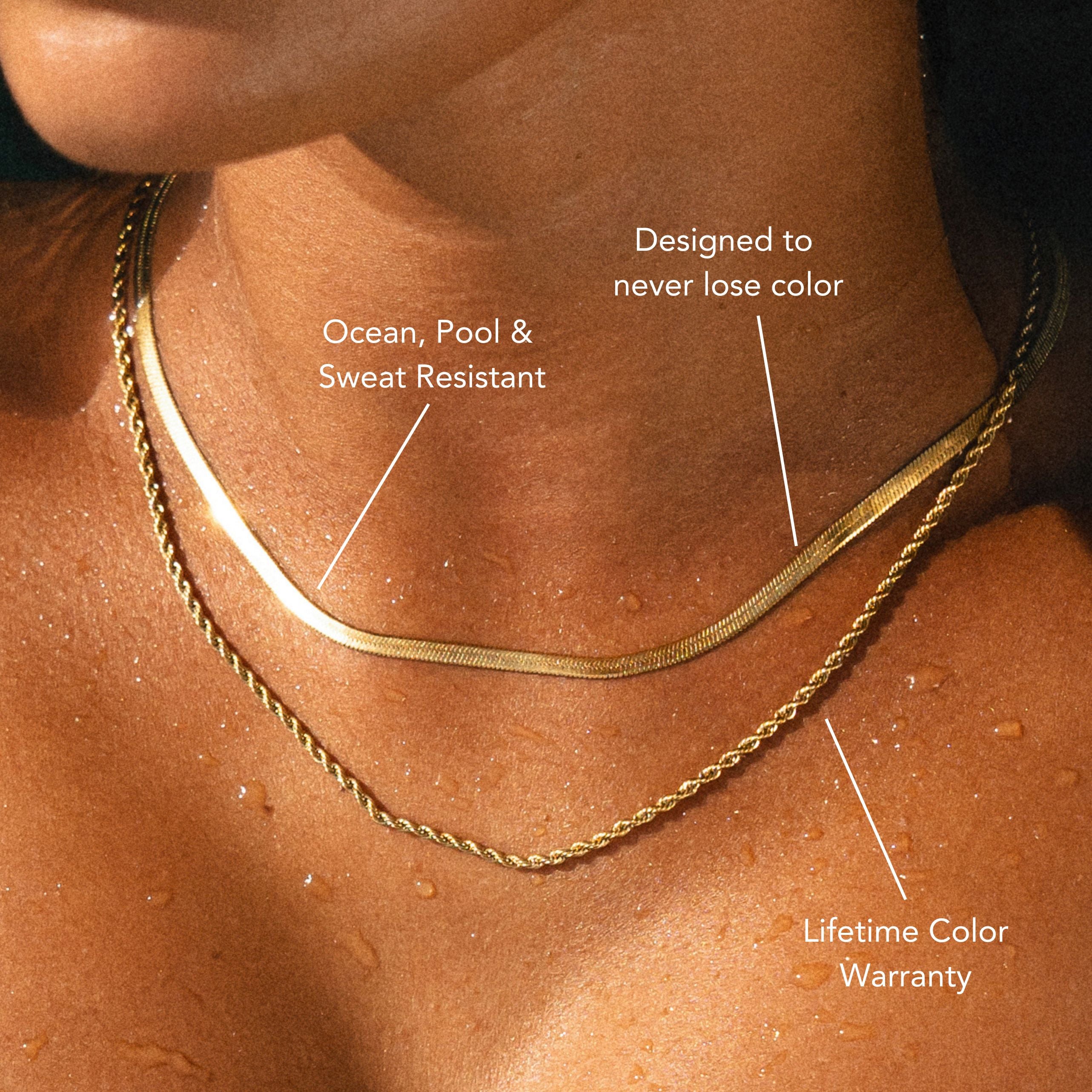
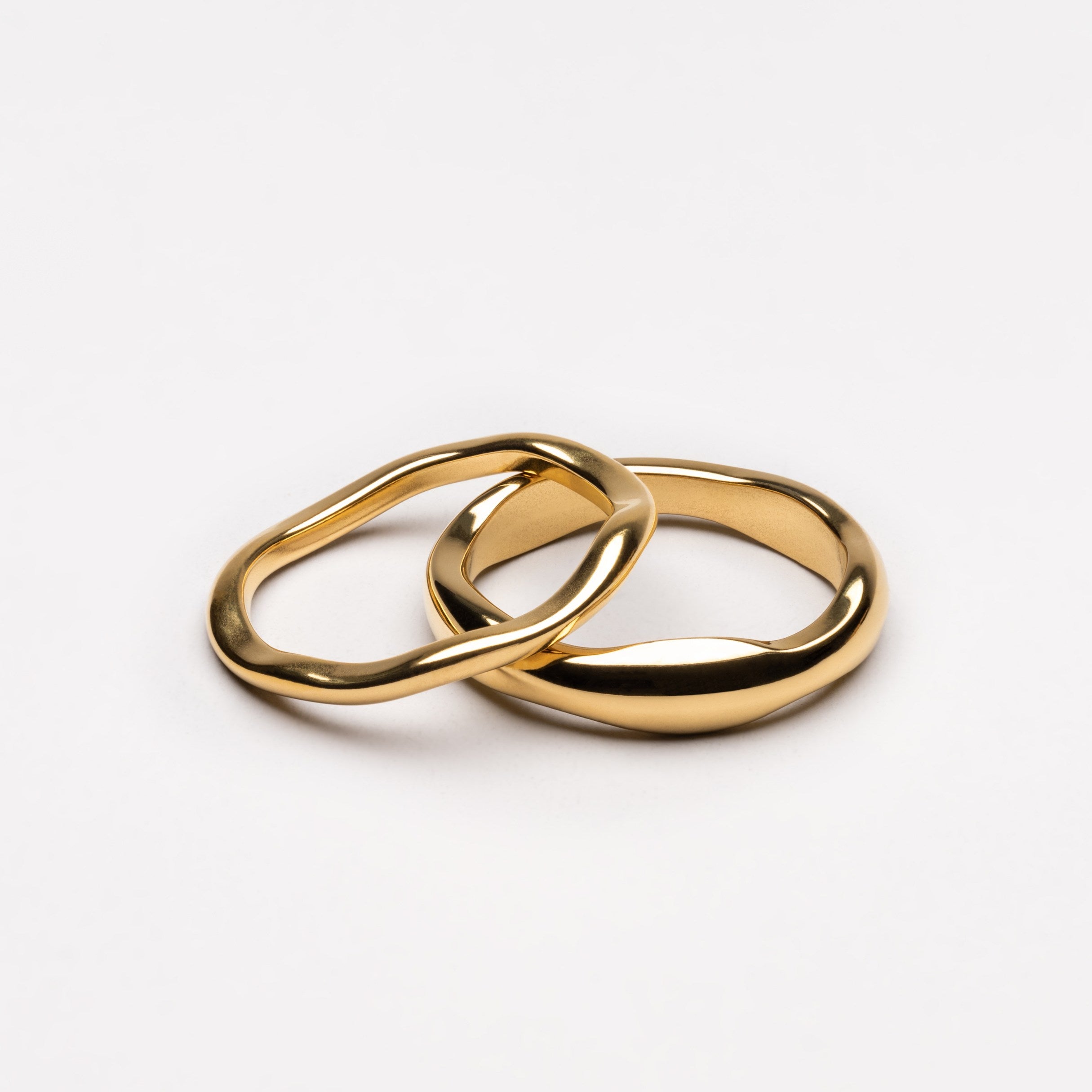

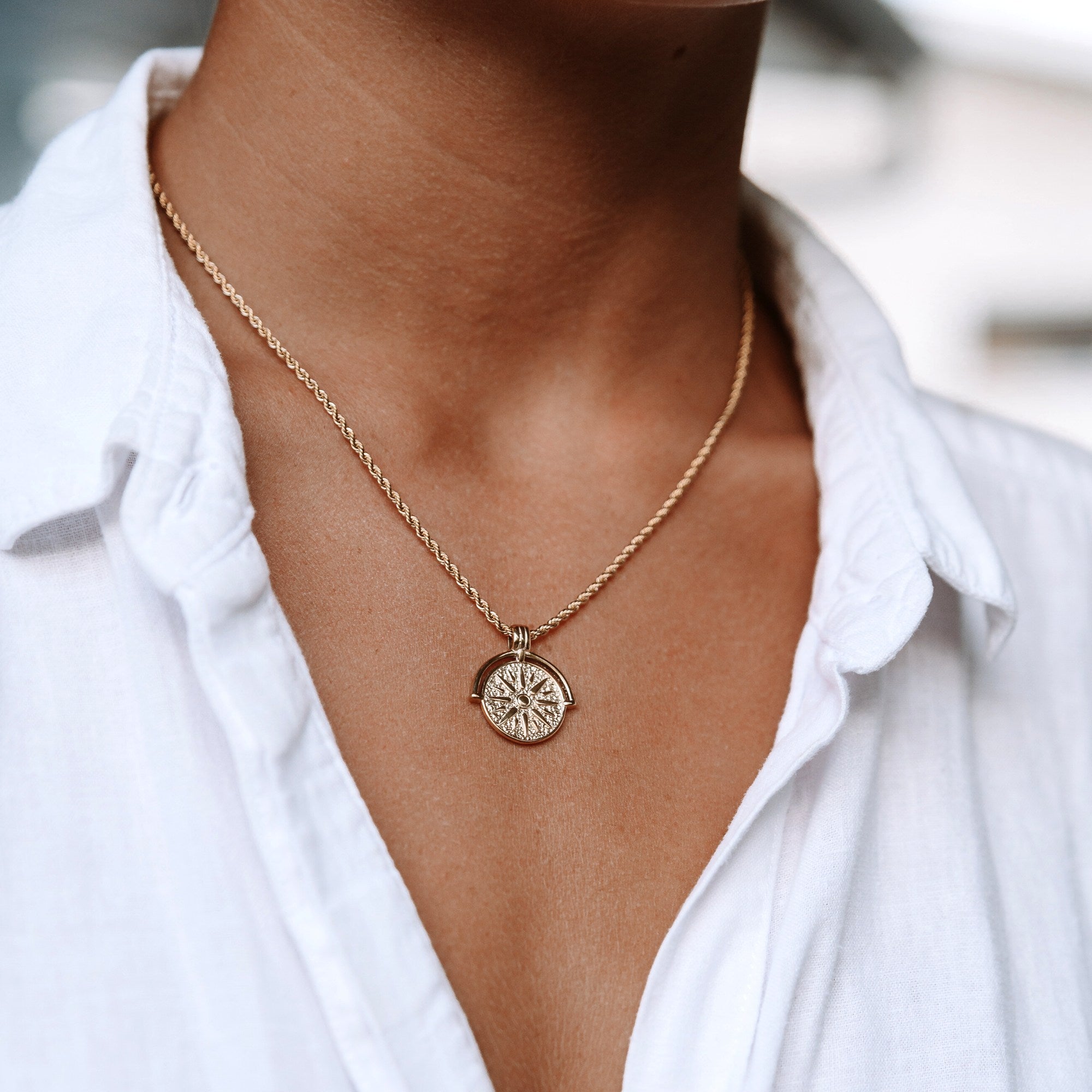
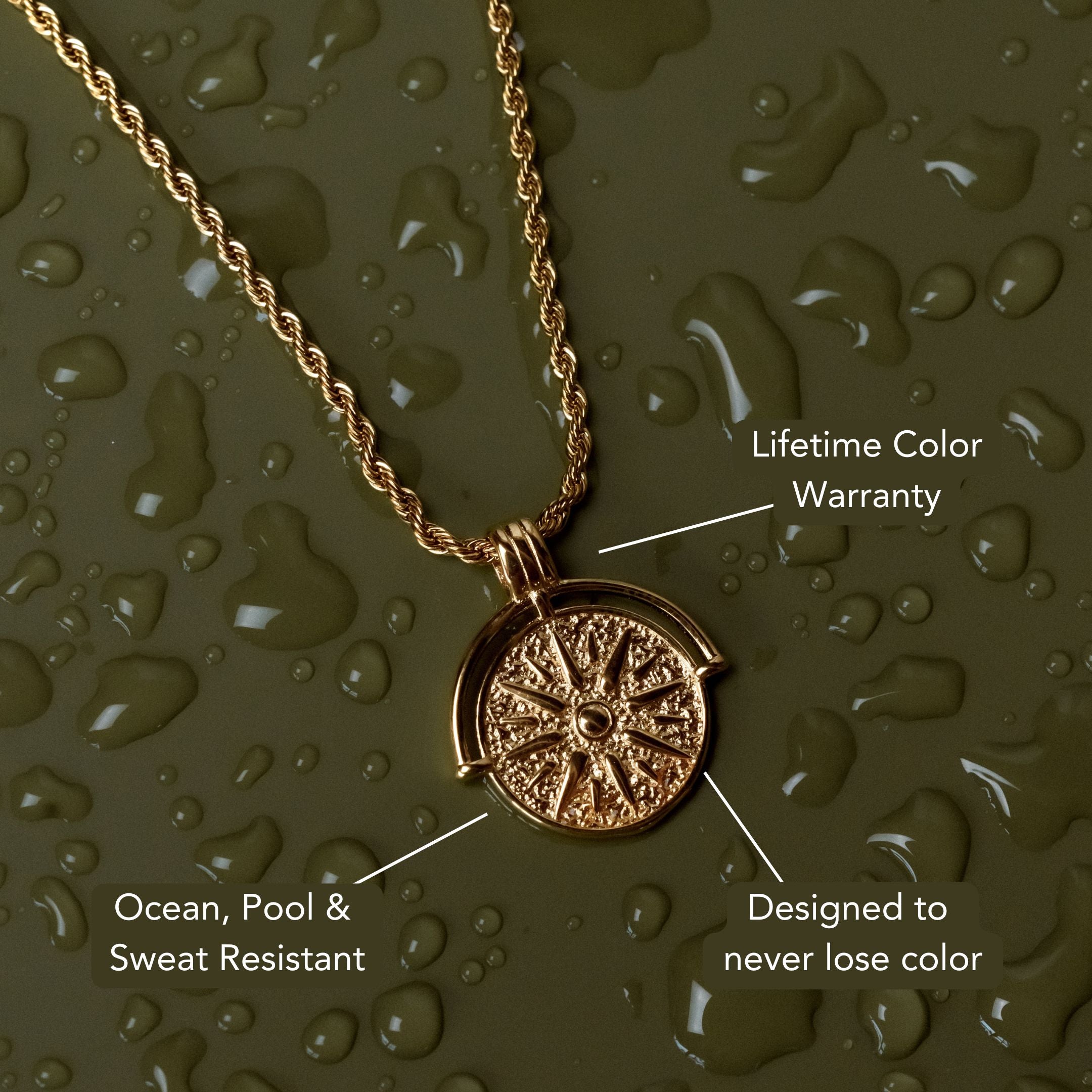
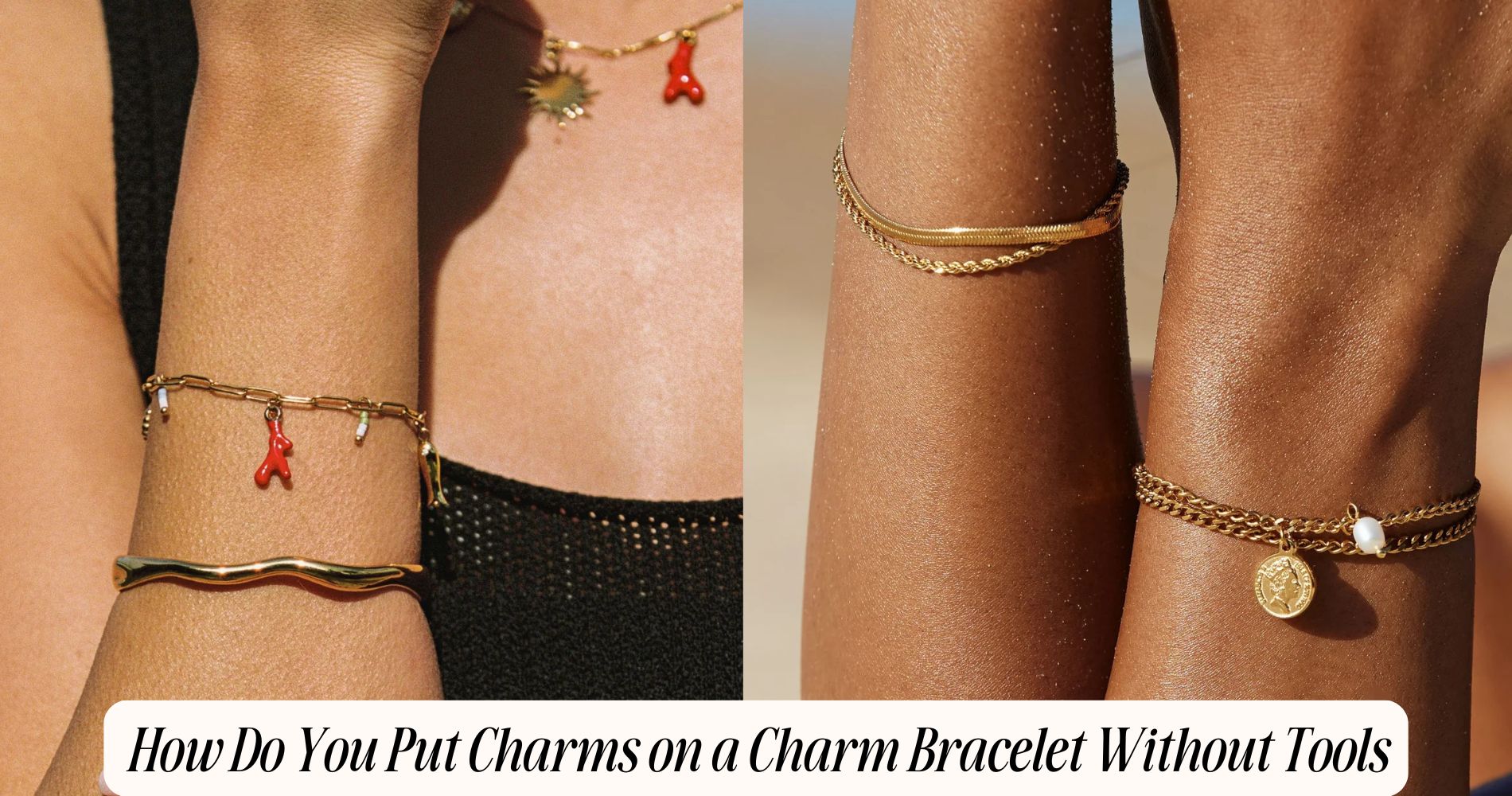
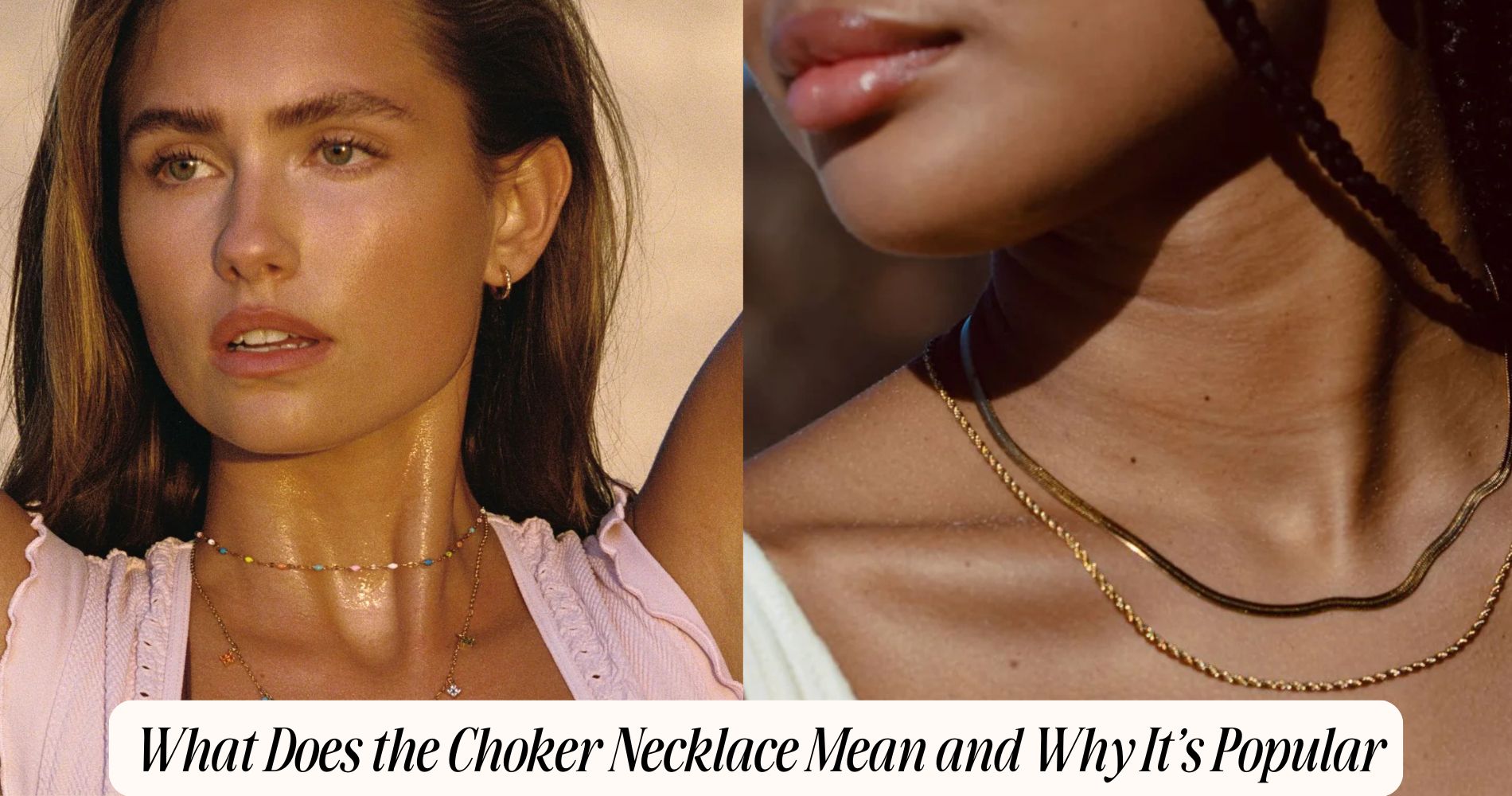




コメントを書く
このサイトはhCaptchaによって保護されており、hCaptchaプライバシーポリシーおよび利用規約が適用されます。